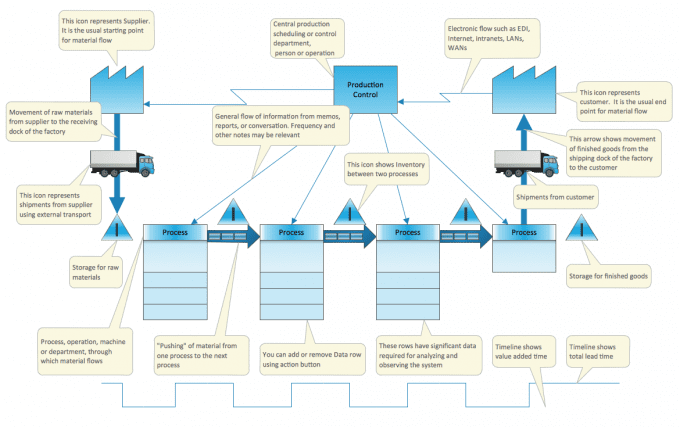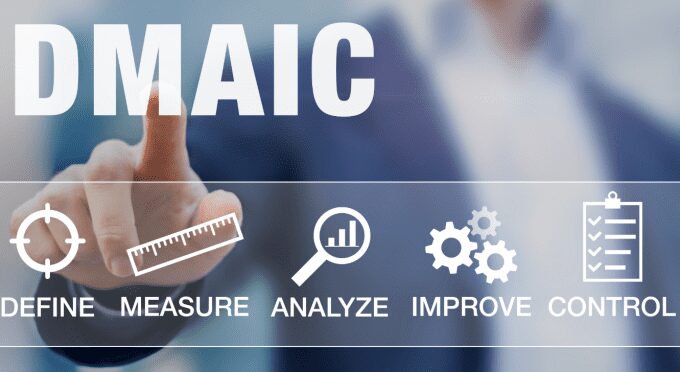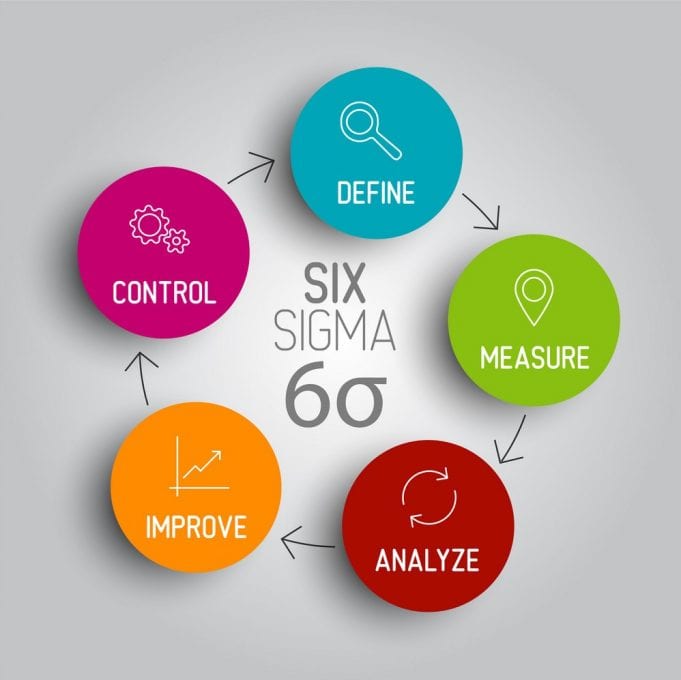Organizations around the world are faced with the growing need to maximize efficiency and increase profitability. One of the solutions to achieving success is deploying Lean Six Sigma that relies on a collaborative team effort to reduce process defects and waste while also providing a framework for overall organizational culture change.
But, how can organizations change the mindset of their employees and managers to one that focuses on attainable growth and continuous improvement? The answer lies in embracing proven Lean Six Sigma principles that ensure process optimization and increased efficiency. Consider the following principles for your organization.
Focus on the Customer

While the fundamental goal of using Lean Six Sigma is to better the business as a whole, organizations need to focus more on improving the value for the customer and the ability to deliver that value. According to a one of the leading Lean Six Sigma consultant at 6sigma.us (follow this site), there’s no point in optimizing the production process of a product which no one wants to buy.
To ensure the best quality standards, you need to understand what customer value is and how you can improve it. This should shape your actions. From cutting out activities that don’t add value to identifying wasteful processes and making minor or drastic changes, every decision you make should bring your organization closer to delivering maximum customer value.
Map Our the Entire Value Stream

Before you make changes to improve a process, you have to understand all the steps in it. Even if you’re already documenting your workflows, it’s crucial to know how things are done to determine which steps add value and which don’t. Map out your entire value stream and understand how the current processes work to make Lean Six Sigma principles effective.
By visualizing all the steps in your core organizational processes, you can easily highlight areas of Waste. With a complete analysis of the steps in a production or service process, you can get a bigger picture of what needs to be optimized to achieve efficiency. This way, you can also identify the root cause of problems and bottlenecks and find appropriate solutions.
Make Your Processes Flow Smoothly

In any Six Sigma deployment, everything is process-driven. In this sense, you can’t leave your workflow process to ability or chance. The process must be smooth and functional. To achieve that, organizations need to figure out and understand the problems they face. Bottlenecks are perhaps the most transparent type of failure when it comes to achieving smooth process flow.
Streamlining processes is vital in Lean Six Sigma, as it helps resolve problems that cause delays, waste, and production challenges. Organizations can make use of automated business process discovery tools to help them identify and highlight bottlenecks that are slowing down their process flow.
Reduce Waste and Focus More on Value

If you want to focus on value, you need to cut out everything that doesn’t contribute value in your process flow. That means getting rid of anything that could be considered waste or wasteful in your organizational workflows. Organizations should understand the different types of waste in production systems, including waste of overproduction, waste of time on hand, waste of transportation, waste of processing itself, waste of stock at hand, waste of movement, and waste of making defective products.
To eliminate these wastes in your process flow, organizations must make waste visible through easy identification, be conscious of waste in the process flows, be accountable for any waste, measure the waste to develop solutions, and eliminate or reduce the waste entirely. By identifying waste, you can implement systems that tackle specific waste.
Cut Out Defective Output and Remove Variation
This is arguably the most critical Lean Six Sigma principle. By optimizing your organizational processes and getting them to run right every time, you can massively reduce defects. The solution lies in standardizing your processes. The more you can get rid of process variation and have your process flow running at their best level every time, the more you can easily cut out defective output.
The proven approach of deploying checklists to standardize an approach, mandating specific activities in a process, and providing a detailed record of work completed is something that every business or organization can successfully use. Lean Six Sigma features or tools like process sheets, stop tasks, conditional logic, task assignments, and template overviews can also help you standardize processes and ensure standard repetition.
Embrace Collaborative Teamwork

Collaborative working is the key to improving organizational efficiency through Lean Six Sigma. Managers do play a critical role in making decisions from above, but when employees are involved in the decision-making process day-to-day, organizations can get vital insights too. In short, if you want to see improvements, identify where the issues are.
The point is, your employees probably know more about the process and how to streamline it because they use it every day. Their input is vital in understanding how the process can be improved. A collaborative team is crucial in any successful Lean Six Sigma operation. Every team member should have specific responsibilities. Involving staff in the improvement process through consultation will help resolve process problems.
Make Your Organizational-Wide Efforts Systematic and Data-Driven

The reason why so many organizations rely on Lean Six Sigma for their process management approach is that it facilitates a system through which the entire team can improve your processes. By gathering data about how you operate, you can easily find ways to leverage that data to identify, create, and maintain standard improvements across the organization.
It’s important to make your efforts systematic and data-driven to improve organizational efficiency at all levels. The DMAIC process within Six Sigma will help you effectively define the problems or challenges you’re facing, calculate what achieving success would be, and measure your attempts of getting to where you need to be.
Conclusion
These are the core Lean Six Sigma principles that you need to implement in your organization or business to improve process flow and efficiency. It’s vital to learn how to approach each of these principles in your operations, so you can achieve process improvement within your organization.
Keep your eye on vital data, examine your bottom line, and adjust your processes where necessary. Lean Six Sigma should become an integral part of your every day, every project mindset.









